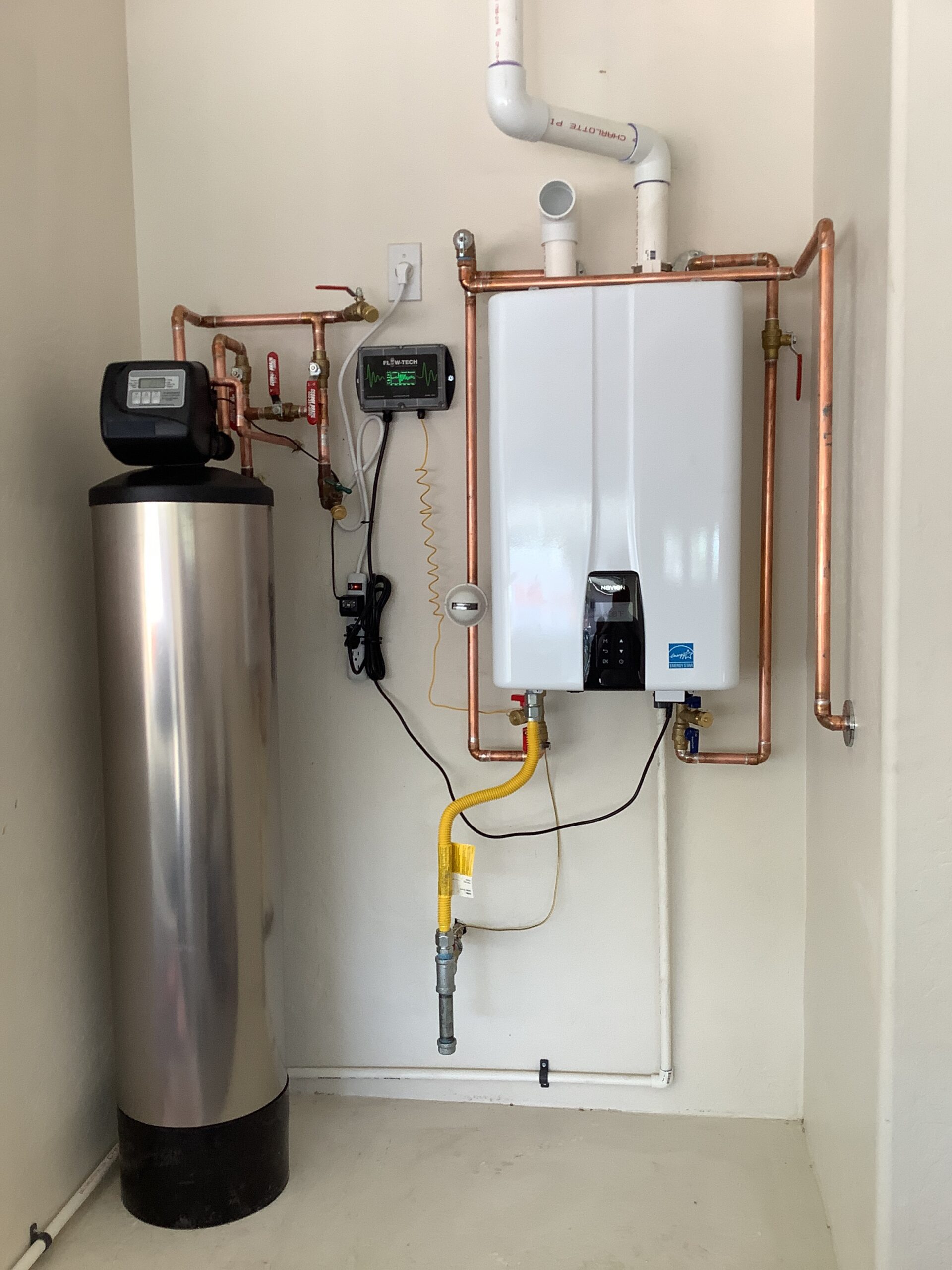Pure water (H2O) has no taste. So that bad taste isn’t actually the water, but the other ‘impurities’ in the water.
In the Phoenix area, you’re most likely tasting one or both of the following:
- Chlorine
- Dissolved minerals (like magnesium, calcium and sodium)
Let’s take a look at each of these impurities, how they get into your water and what you can do to remove them.
Chlorine
Chlorine is used by just about every municipal water treatment plant in Arizona to disinfect tap water. It neutralizes harmful bacteria (like Salmonella), viruses and other pollutants.
However, it can also leave a “bleachy” taste in the water.
Safety concerns
Although ingesting large amounts of chlorine would be bad, the small amount found in tap water is safe. The Environmental Protection Agency (EPA) regulates the amount of chlorine and other disinfectants in tap water.
For more information, check out Basic Information About Disinfectants in Drinking Water from the EPA.
Dissolved minerals
Dissolved minerals occur naturally in water; they’re dissolved and absorbed into the water from the ground as the water passes through rivers and streams. Water with a high amount of dissolved minerals is called ‘hard water‘.
In Phoenix area cities, tap water is notoriously hard, containing high amounts of calcium and magnesium.
And while some people prefer the taste of hard water, a lot of dissolved minerals can make your tap water taste bitter or salty.
Safety concerns
There is no harm in drinking water with high mineral content. However, hard water can cause damage to your plumbing as well as your dishwasher, washing machine and other water-using appliances.
Related: Why Arizona’s Hard Water Secretly Makes Your Life Harder (And What You Can Do About It)
How to get rid of the bad taste
There are many different water filtration methods on the market. Which ones will make your water taste better? It depends on what you’re trying to remove from your tap water.
Here’s a quick overview of some of the most common water filtration methods and what impurities they remove:
Reverse osmosis (R/O)
Removes:
- Chlorine
- Dissolved minerals like calcium and magnesium.
Con: Expensive to use. Traditional R/O systems use only 10% of the water that goes through them; the rest goes down the drain. So R/O can be a very expensive method of filtration. However, there are new zero-waste systems available that don’t waste any water.
Activated carbon filters
Removes: Chlorine
Con: Takes up space. To properly filter out chlorine, you may need a filtration system with multiple carbon filters, which prolongs water’s exposure to the carbon.
Water softeners
Removes: Dissolved minerals like magnesium and calcium
Con: Can make water salty. Softeners replace minerals with sodium or potassium. While this prevents scale buildup, it may make your water taste salty. Plus, they don’t remove chlorine.
Get a pro plumber’s help
Need help finding and installing the right water filtration system for your home? Contact George Brazil Plumbing today.
George Brazil Plumbing and Electrical serves the entire metro Phoenix area.

